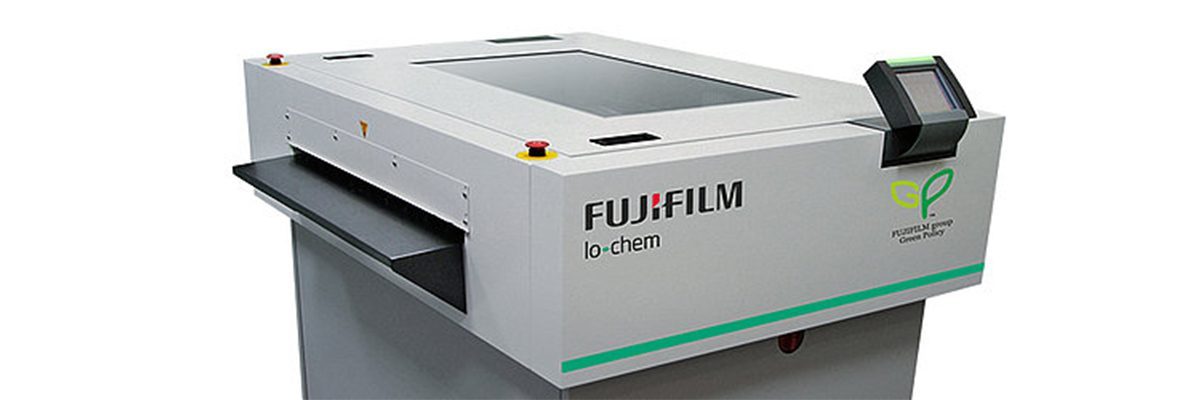Market leading low chemistry production with thermal plates
The combination of the latest plate and chemistry technologies with Fujifilm's proprietary ZAC software, integrated with the company's leading processors, results in remarkable benefits: reduced chemistry consumption, lower maintenance requirements, less waste production, cleaner working environment and better process stability. As a result, our low-chemistry systems make an important contribution to improving environmental impact and productivity.
Lower chemical consumption
The FLH-Z series processors incorporate Fujifilm's unique software developed to intelligently control the amount of regenerant required. This improvement means that a fresh developer bath can now process up to 15,000 m² of plates, resulting in significant savings in developer consumption. For a company using around 10,000 B1 plates over a period of one to three months, chemical consumption can be reduced to around 294 liters - a reduction of over 80% (depending on the system used).
Less maintenance required
By maintaining perfect developer activity, the service life of the developer bath can be significantly extended beyond the usual parameters. It is possible to extend the life of the developer by a factor of four - or more - compared to other systems on the market. These improvements mean that up to 15,000 m² of plates can now be developed with one tank volume, resulting in a significant reduction in cleaning times. It is not uncommon for print shops with an annual requirement of 32,000 m², for example, to save more than 40 hours of cleaning time in this time.
Cleaner working environment
The chemistry used for processing plates in a ZAC system does not contain silicates. This allows for a much longer bath life without the increase in developer sludge and filter blockages.
More stable system
Thanks to the intelligent control of the necessary regeneration, ZAC processors can be operated more stably. This makes it much easier to achieve high quality regardless of changes in ambient conditions. This is particularly important for demanding applications with FM grids.
How the 'ZAC' system works
Unlike conventional plate processors that simply attempt to maintain the conductivity of the developer solution at a constant level, Fujifilm ZAC processors have a unique technology that precisely controls regeneration by controlling consumption and oxidation levels. This is achieved by using software algorithms based on extensive testing in Fujifilm's laboratories. This avoids unnecessary regeneration while providing consistent processing of each plate for optimum quality and performance on press.
